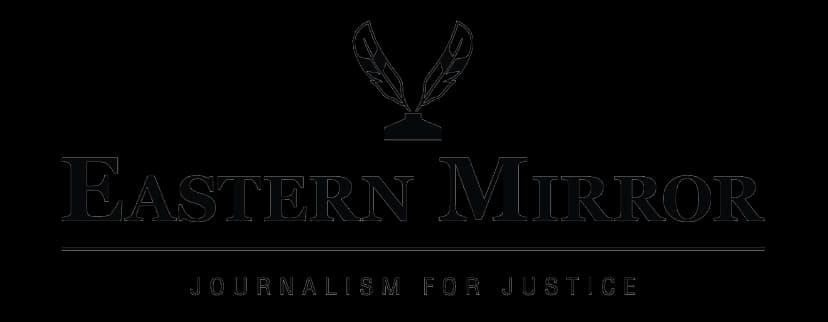MONDAY, JUNE 23, 2025
- Home
- The world of illustration through the eyes of Canato Jimo
The world of illustration through the eyes of Canato Jimo
Published on Jan 28, 2025
Share
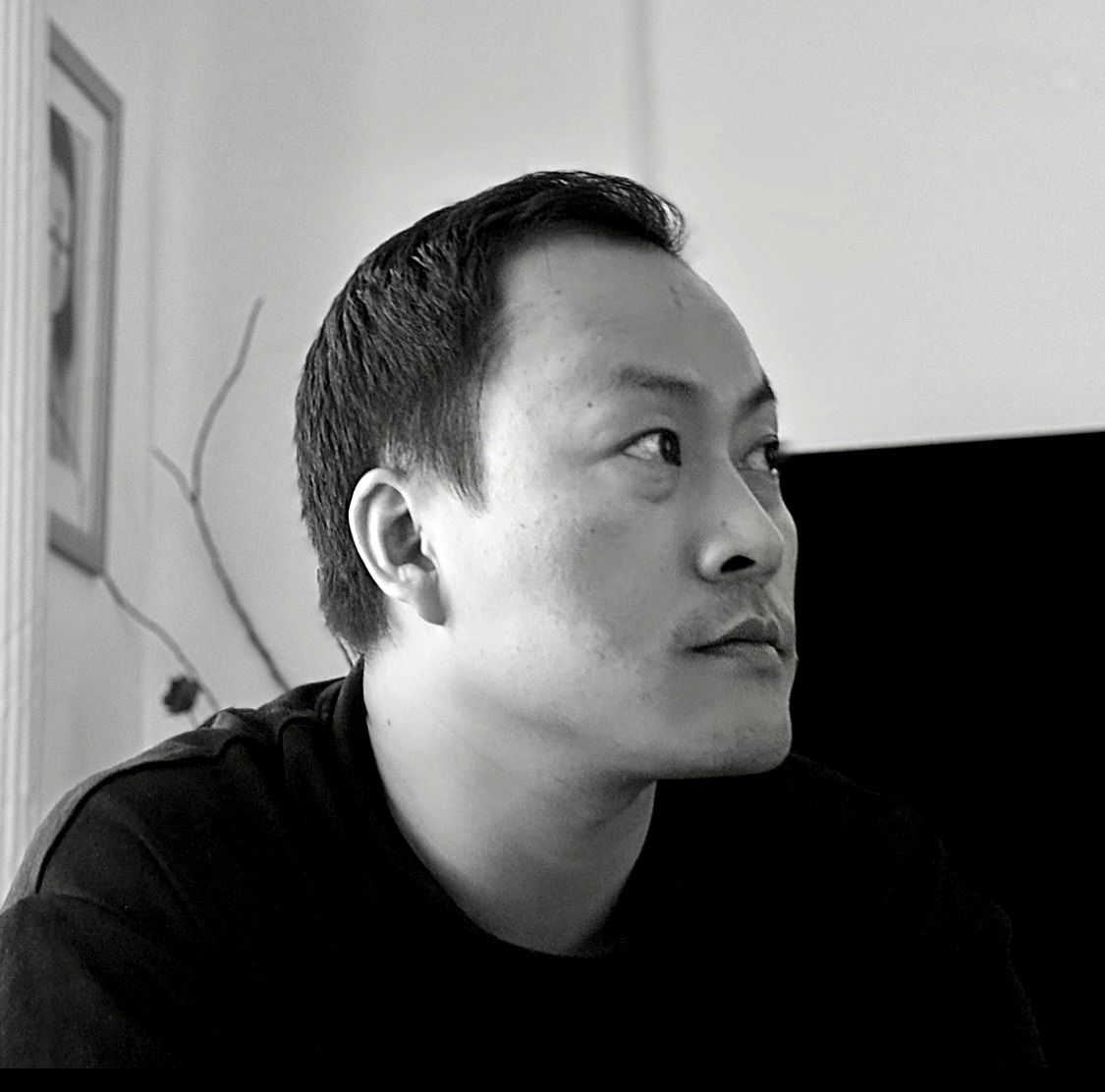
- Canato Jimo
- DIMAPUR — Canato Jimo, 41, has always had a keen interest in drawing since childhood, but it remained a hobby. It was only when he decided to pursue his Master’s in Graphic Design from the National Institute of Design, Ahmedabad, that he developed a deeper interest in children’s picture books, leading him into the publishing space.
- This was not his first career path. He holds a degree in Theology and previously worked as a music teacher. However, he eventually realised his true calling lay in creating picture books.
- Now a picture book maker, Canato currently works as an art director at Pratham Books. He scouts and commissions illustrators from across the country and collaborates with them to create picture books. He previously worked as a senior designer, heading the children’s design section at Penguin Random House.
- He is also a picture book illustrator and author. Some of the books he has written and illustrated include 'Snip', 'I Love Grey', 'Afo and I', and 'Asamo, is That You?'. Additionally, he has illustrated picture books, such as 'Bobo and the Worms', 'Circles in the Park', 'The Very Wiggly Teeth', 'Space Rules', and 'Gawa and the Bag of Good Regards', among others. He has also worked with publishers such as Penguin Random House, HarperCollins, Kalpvriksh, Eklavya, Ektara, and Pratham Books.
- In this interview with Eastern Mirror, Canato shares insights on the skills required to thrive in the field, different opportunities available, the role of formal education, and offers invaluable advice for aspiring illustrators.
-
- Please describe to our readers what an illustrator does.
- An illustrator is a visual storyteller, someone who communicates an idea, a concept, or a story through images and drawings. An illustrator can do a lot of things depending on their area of interest and expertise. They could be working with publishing houses, illustrating for books, covers, graphic novels, picture books, text books and study materials. They can also be working with newspapers and magazines, offering editorial illustrations, or with advertising agencies, design studios and companies, illustrating for campaigns, promotions, branding, websites and user experiences.
- In most cases, illustrators work in collaboration with editors, art directors, designers or directly with clients for a project. The process is always very collaborative. Apart from having a great command on their illustration skills and draftsmanship, they are also required to have a broad understanding of design and art principles such as colour, space, composition, layout and textures, to name a few.
- The job of an illustrator can be challenging, but it can be extremely rewarding and so much fun.
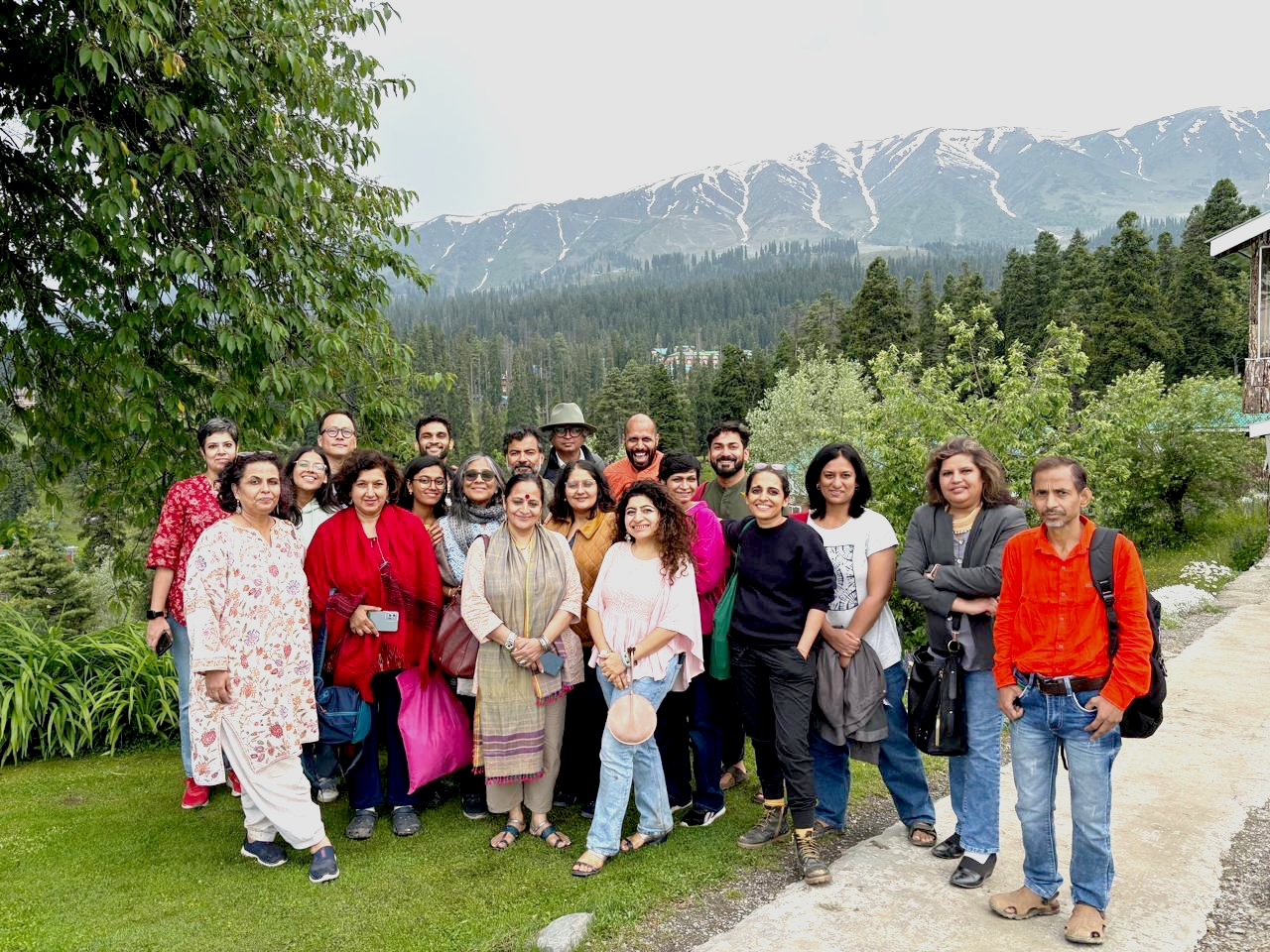
- At a children’s literature festival with fellow authors and illustrators in Srinagar.
Which skills or qualities do you think are most
important for someone starting a career in illustration?
- Always have a keen sense of wonder and observation. And of course, the passion to draw, with dedication and discipline to sustain it.
-
- How vital is formal art education, and what other learning opportunities would you recommend to students?
- In my opinion, formal art education is valuable but not mandatory for someone to become an illustrator. If you are someone who learns best with a certain sense of structure and discipline, an art school can be a great space to hone your skills. It also helps build your network and connections with fellow artists, art communities and industry professionals. Having said that, a degree is not a guarantee for a successful illustration career. There are numerous great and successful illustrators who have never had formal art education. At the end of the day, whether you have an art degree or you are self-taught, the quality of your work and your commitment will help you find your space and voice in the world of illustration.
- There is no dearth of access and amount of resources, a lot of them free, that you can find now, be it online courses, tutorials, study materials, inspiration, and even mentorship. There is enough out there to help you develop your skills and find your voice as an illustrator.
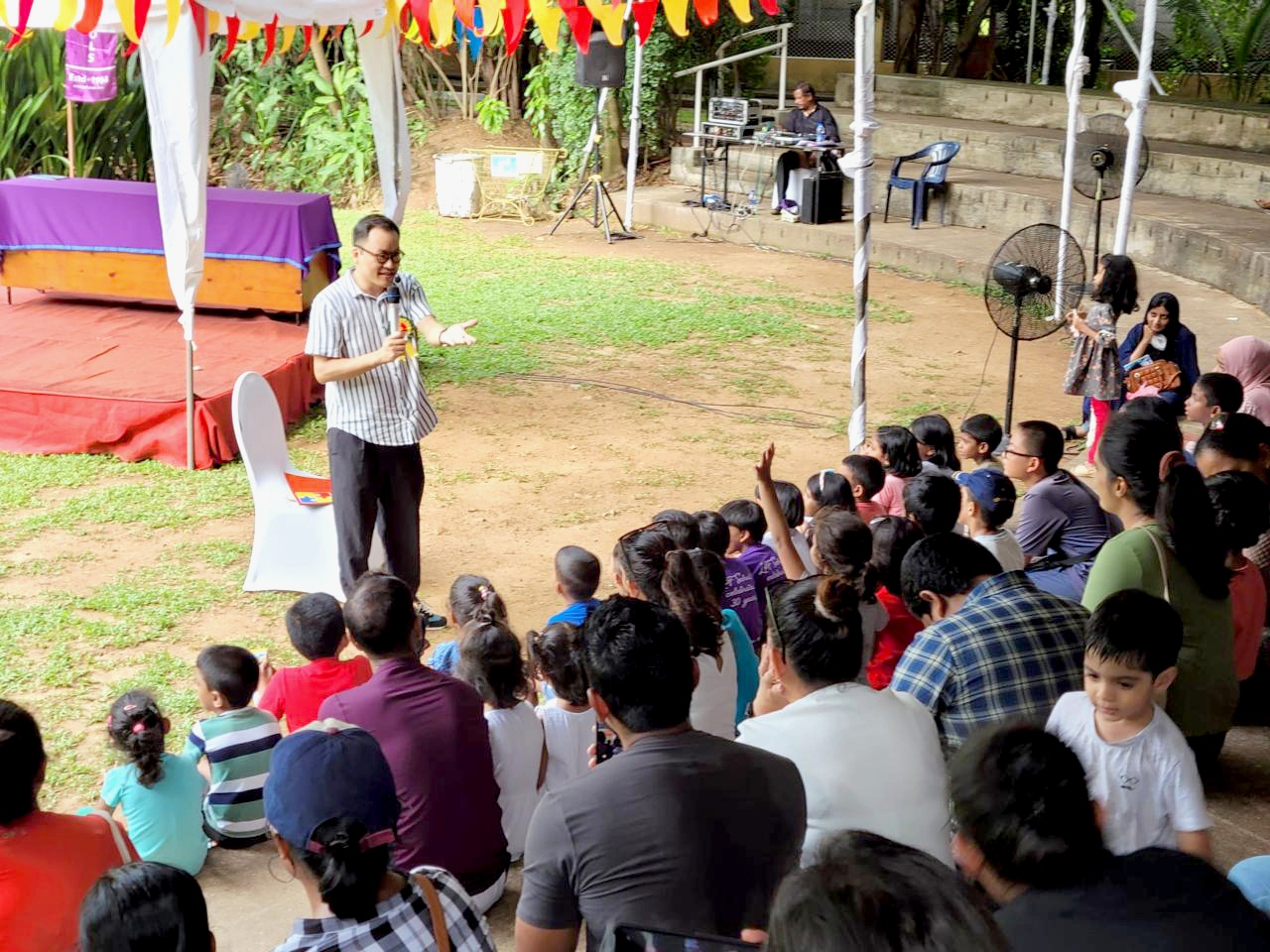
- A session with children in a children’s literature festival in Colombo, Sri Lanka.
-
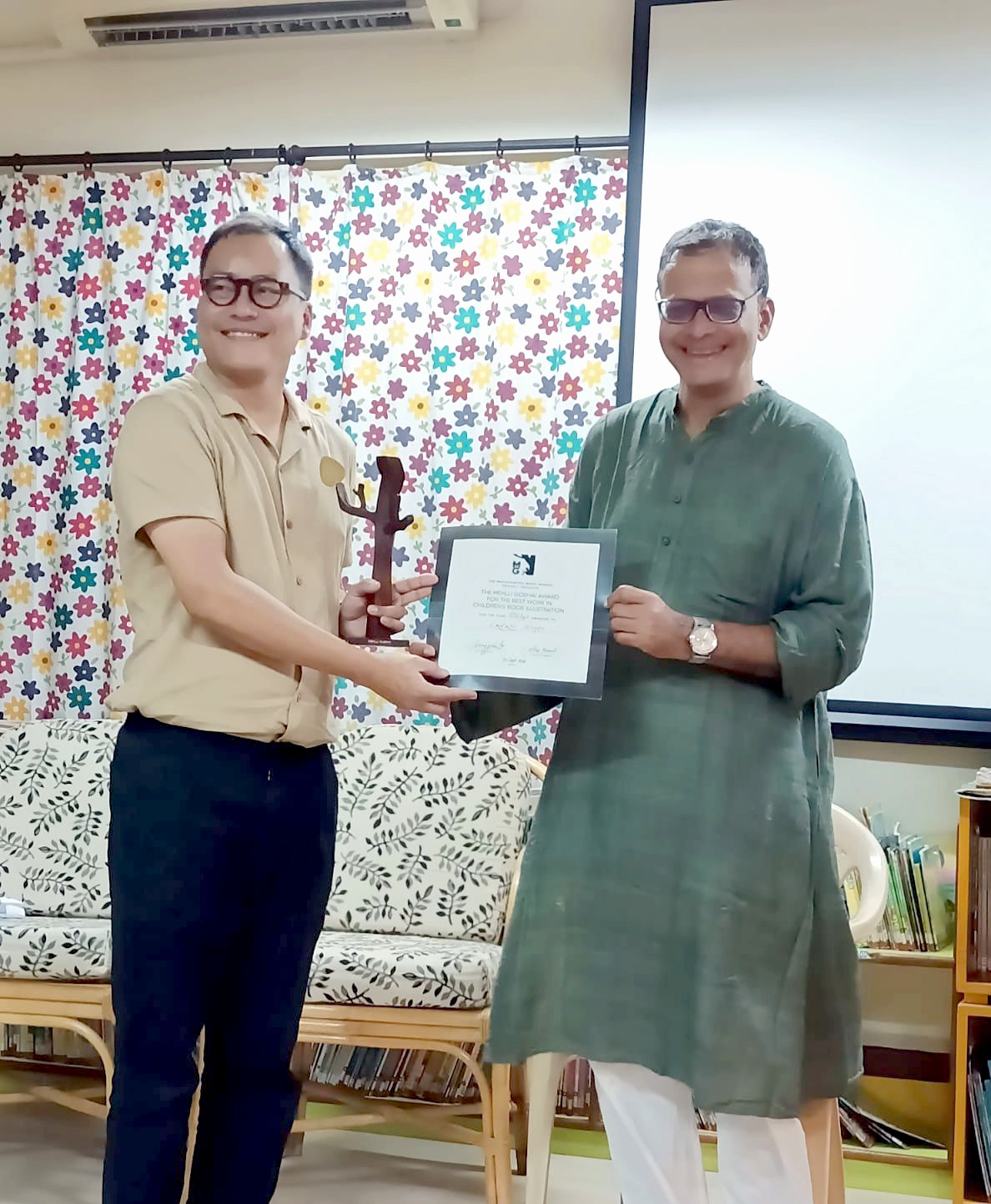
- Receiving the ‘Mehlli Gobhai Children’s Book Illustrator of the Year’ award for 2024.
- Which colleges or institutes in India offer strong programmes for aspiring illustrators, and what should students consider when choosing one?
- There are many reputed institutions like the IITs, National Institute of Design, Shrishti Manipal Institute, and art colleges that one can consider if keen to pursue formal education. These institutions do not necessarily just teach solely illustration, but it is integrated into the courses. As an aspiring illustrator, design and art schools can be great spaces for one to thrive artistically, helping you broaden your knowledge and understanding of art and design principles, medium and techniques, which are crucial to your growth as a professional illustrator.
- One advice I can give is that while these institutions are full of possibilities, just landing there doesn’t guarantee excellence. You have to put your hours in and make the best of what the institution has to offer.
-
- Which software or tools do you rely on, and how quickly do you think aspiring illustrators need to adapt to new technologies?
- As an illustrator, a pencil and paper are enough. Software and gadgets are all tools that can help you in your creative process and make things more convenient for you. But no amount of technology and software can substitute for the amount of time, energy and commitment one has to invest in to hone one’s creative skills.
- One of course has to keep up with times and technological development, but these things, in my opinion, should not define you as an illustrator or a creator. Sometimes they can become a fancy mask to masquerade our ineptitude.
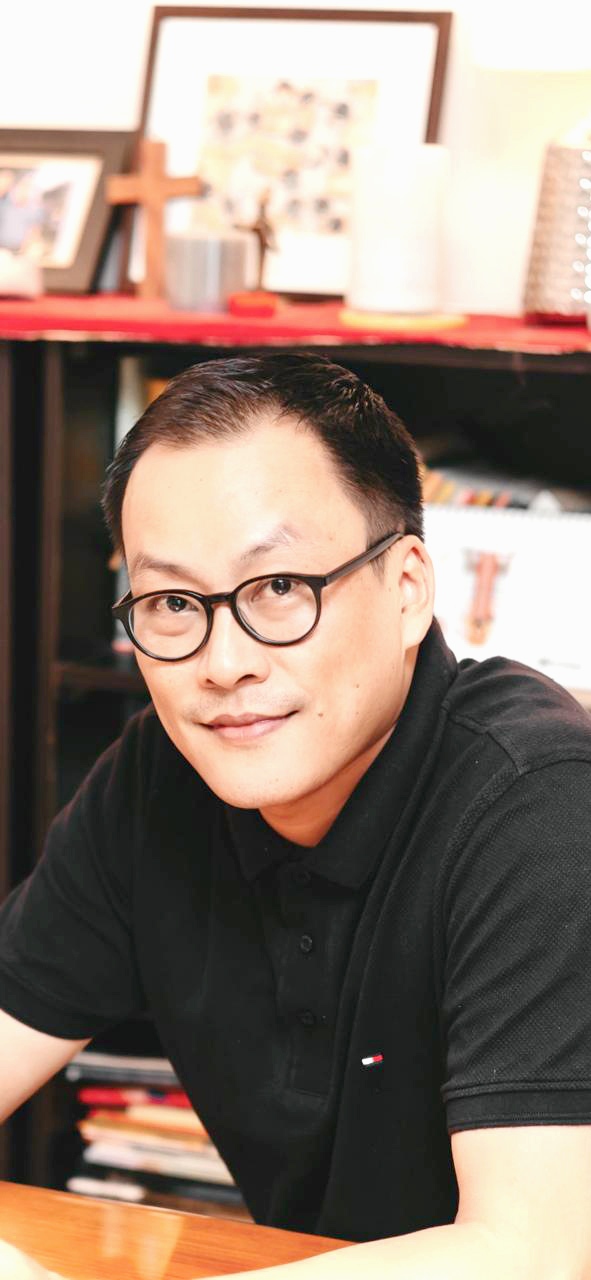
- Canato Jimo
- Apart from illustrator, what other job roles exist in the art and design field?
- There is a spectrum of professions if one is interested in the field of art and design. One can be a graphic designer, UI/IX designer, animator, concept artist, graphic artist, type designer, visual artist, print maker, game designer, art direction and many more. It is an exciting and creative world out there, and one can explore the many possibilities depending on what you are passionate about.
-
- If you could give one piece of advice to students hoping to pursue a career in illustration, what would it be?
- Keep drawing. Put the hours in. Do not compare yourself to others. And then draw more.
-
- Are there specific genres or styles of art that are currently in high demand?
- I am not so much of a believer in trends. Every genre or style, done well, will work for what it is intended for.
-
- With AI-generated art on the rise, how do you see it shaping illustration, and what ethical or creative considerations should students keep in mind?
- I am very weary of AI-generated art. I do not think it is ethical at all in the first place. It is definitely affecting the art space and its integrity. If anything, it should challenge and push us all the more to create art that is of human’s own experience and expression.
-
-
- RAPID INSIGHTS
- Pen and paper or digital tools—what’s your go-to first?
- I have to admit, it’s my iPad.
- Who is an artist you look up to the most?
- There are many. Jon Klassen, Sidney Smith, Pulak Biswas, Rajiv Eipe, Priya Kuriyan and many more.
- What piece of advice would you give your younger self?
- Keep drawing. There is so much in store for you!
